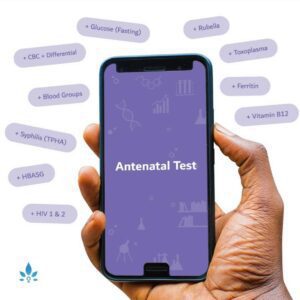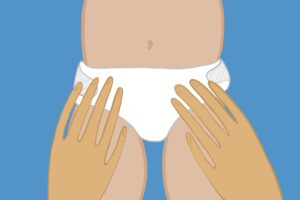Treating Paediatric Stroke


When a child suffers a stroke—or a cerebral vascular accident—blood flow is momentarily cut off to the brain, leading to symptoms like dizziness, blurred vision, seizures, and more. Treatment options vary depending on a number of factors, including the child’s age, symptoms, the cause of the stroke, and the extent of brain damage.
Just like with adults, prompt treatment is key. In fact, one of the most effective treatments, called tPA, or tissue plasminogen activator, dissolves blood clots to restore blood flow (in ischemic strokes). However, it must be given within three hours of the first symptoms, and use of the drug in children under the age of 15 is controversial.
Other treatment options for children with a stroke include anti-seizure medicines, blood thinners, and antithrombotic therapy (medicine that helps prevent blood clots from getting bigger or forming at all—an approach that’s not recommended in infants). Still other children undergo surgery to ease some of the pressure on the brain.
After suffering a stroke, a child may suffer from vision problems, difficulty with speech and language, trouble swallowing, paralysis or weakness on one side of the body, psychological difficulties and problems with memory and judgment. More severe effects include seizures, epilepsy, cerebral palsy and mental retardation.
As a result of these problems, most kids who have had a stroke need rehabilitation and other types of therapy (such as physical, occupational, and speech therapy) to put them back on the road to health. But in general, kids recover from a stroke better than adults do, since their brains are still developing. Even if a child is unable to use arms or legs after a stroke, many times it is only temporary.
Sources:
- National Stroke Association
- Pediatric Stroke.
American Stroke Association - Stroke in Children.
Nemours Foundation - Stroke.
Emergency Medicine International - Pediatric Stroke.
Mayo Clinic - Stroke.
Powered by Bundoo®













































